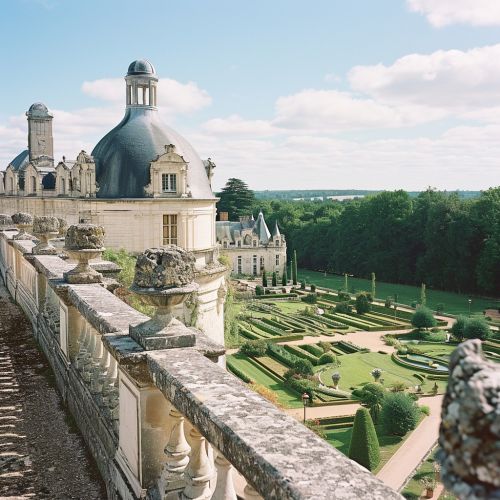Château de Saint-Germain-en-Laye
History
The Château de Saint-Germain-en-Laye, situated in the Ile-de-France region of France, has a rich and complex history that spans centuries. Its origins can be traced back to the 12th century, when it was constructed as a royal hunting lodge by King Louis VI. The château was expanded and fortified over the years, notably by King Louis IX in the 13th century. It served as a royal residence until the 17th century, when it was abandoned in favor of the Palace of Versailles.


During the French Revolution, the château was used as a prison and later as a military training school. In the 19th century, it was restored and transformed into a museum, the Musée d'Archéologie Nationale, which houses one of the largest collections of archaeological artifacts in France.
Architecture
The architecture of the Château de Saint-Germain-en-Laye is a testament to the various periods of French history it has witnessed. The original 12th-century structure was built in the Romanesque style, characterized by its rounded arches and massive walls. The expansions in the 13th and 14th centuries introduced elements of the Gothic style, such as pointed arches and ribbed vaults.
The most significant architectural transformation of the château occurred in the 16th century under the reign of Francis I. The king commissioned architect Pierre Chambiges to rebuild the château in the Renaissance style, which emphasized symmetry, proportion, and the regular use of columns and pilasters. The result was a grand palace with a distinctive brick and stone façade, a large central courtyard, and extensive gardens designed by André Le Nôtre.
Musée d'Archéologie Nationale
The Musée d'Archéologie Nationale, housed within the Château de Saint-Germain-en-Laye, is a significant institution in the field of archaeology. It was established in 1862 by Emperor Napoleon III and is dedicated to showcasing the archaeological heritage of France from prehistoric times to the Middle Ages.
The museum's collection is vast and diverse, comprising over two million artifacts. These include prehistoric tools, Gallo-Roman statues, Merovingian jewelry, and medieval ceramics. The museum is also home to the Dame de Brassempouy, one of the earliest known realistic representations of a human face, and the Vénus de Lespugue, a notable example of Paleolithic art.
